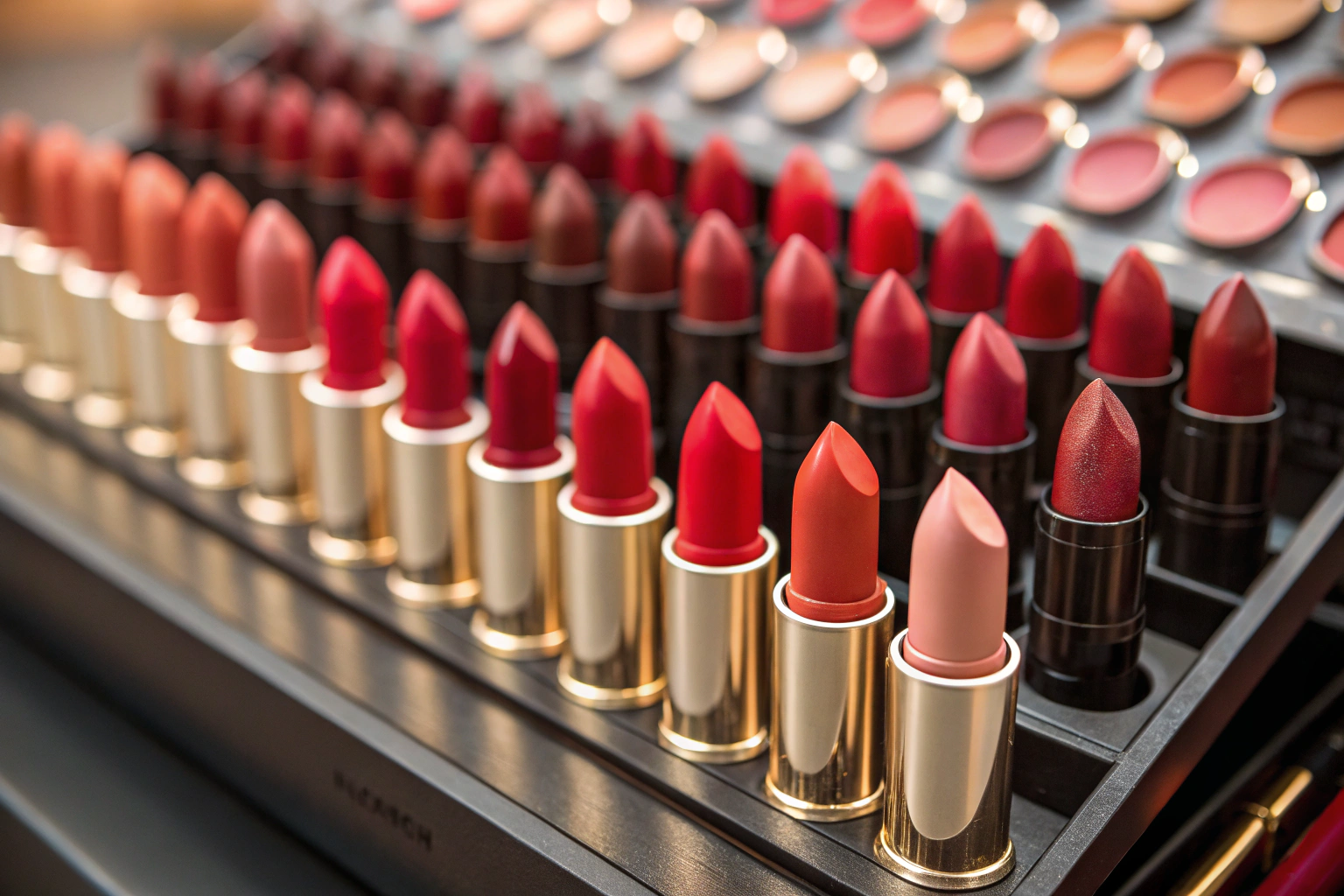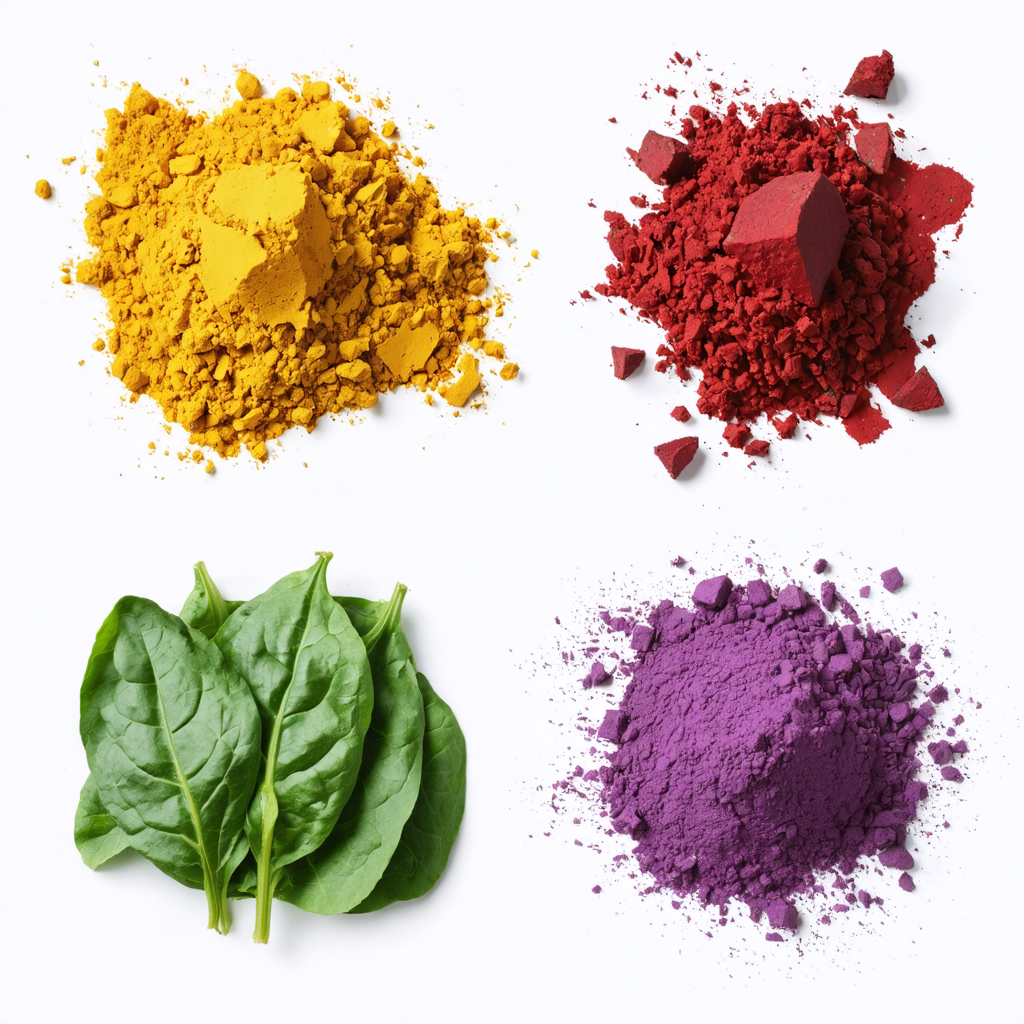These are top 6 considerations using natural colors in ice cream. For colouring ice cream, frozen yoghurt, and frozen desserts, Santa color offers a variety of natural colours. It can be confusing to choose the best natural color for your dairy application because there are so many different kinds of colors. There are a few crucial things to take into account when selecting a natural color, regardless of whether you’re making yoghurt, milk, processed cheese, or ice cream. To make your decision easier, we’ve broken down the top 5 factors to take into consideration when coloring dairy.
First consideration is
Table of Contents
ToggleINGREDIENT INTERACTIONS
You should be aware of potential reactions between the colour you choose and the chemicals in the recipe before deciding on a natural colour for your dairy product. Yogurt and kefir, two examples of cultured dairy products, include chemicals that may react with specific natural colours. The color(s) you select can also be influenced by the flavouring ingredients.
For instance, the emulsification technique for tropical flavours like mango and banana may not work with colour emulsions like beta-carotene or paprika colours. To avoid this, you can add these components one at a time to avoid the possibility of colour emulsions splitting.
PROCESS TIME AND TEMPERATURE
The temperature and processing time of your dairy application should be one of your top priorities. It’s crucial to use heat stable natural colours that can endure the high temperature, quick heat pasteurisation process that dairy products frequently go through. Class I caramels, Emulsitech beta-carotene, and paprika, as well as annatto, are all suitable colours for pasteurised dairy products.
CONSIDERATIONS OF REGULATION
When selecting a natural hue, it can be useful to know where your product will be sold in its ultimate form. Various nations may have different legal specifications or restrictions on the colours that can be used. For instance, sodium copper chlorophyllin has a 300-ppm usage restriction but is permitted in Canada to tint mint chip ice cream. Other colour combinations, such as spirulina plus beta-carotene or turmeric, would be required as it is not permitted for usage in dairy products in the US. So taking care of regulations is vital
FINISHED PRODUCT CHARACTERISTICS
Customers value natural color-flavor matching because it gives brands a chance to stand out from the competition. A competitor might use beta-carotene to achieve a more pastel tint than your desired hue for your lemon-flavored ice cream, for instance. To perfectly match a certain flavour profile or to substitute synthetics while still satisfying customer flavour expectations, many colour mixtures can be created.
THE FAT CONTENT
The milk’s origin is not the sole element that influences colour. Fat content is a key factor in base whiteness since it contributes to frozen desserts’ delicious creamy texture and flavor-carrying abilities.The base becomes whiter as the dairy or non-dairy fat content rises. Because smaller fat globules reflect more light, their size influences how white the base appears. Therefore, when colouring frozen desserts, the fat content and the particle size decrease
PACKAGING & STORAGE
How will your snack item be preserved and packaged? When using natural colours, selecting the appropriate packaging for your dairy product will be equally important. Opaque packaging is the greatest option to prevent fading because some natural hues, like turmeric, spirulina, and beet, will fade when exposed to light. You must select hues that are more light-stable, like beta-carotene, if your product has transparent packaging or a clear window
Check our products.




